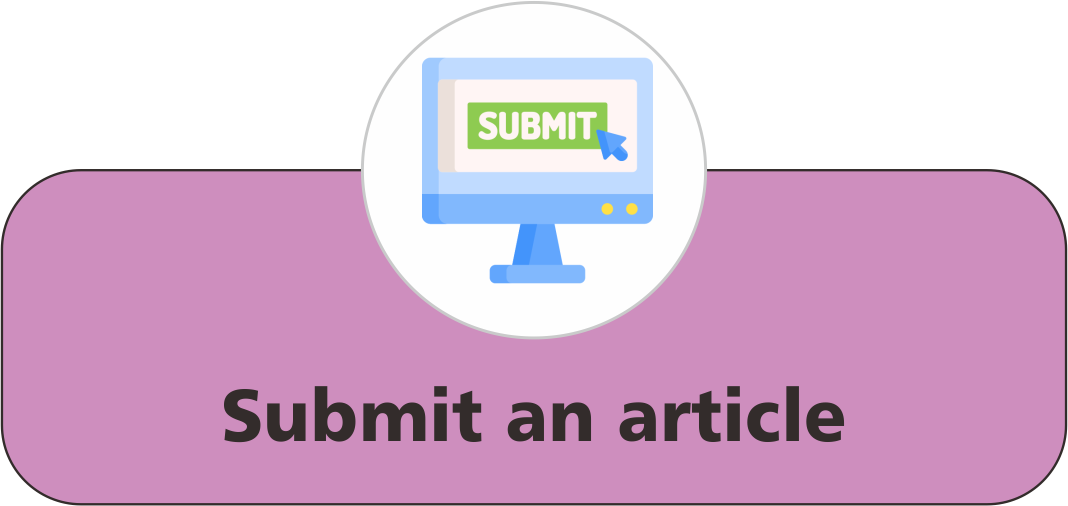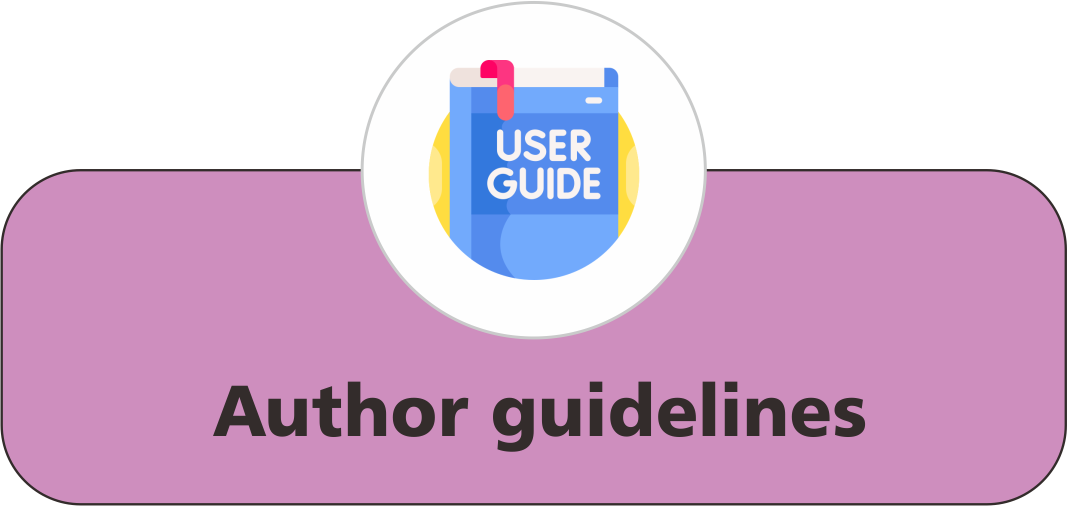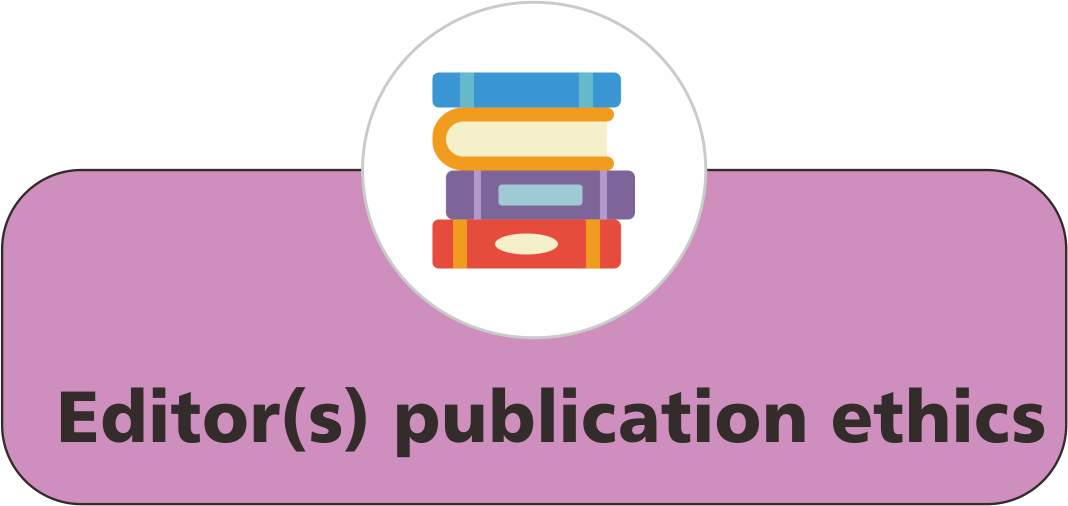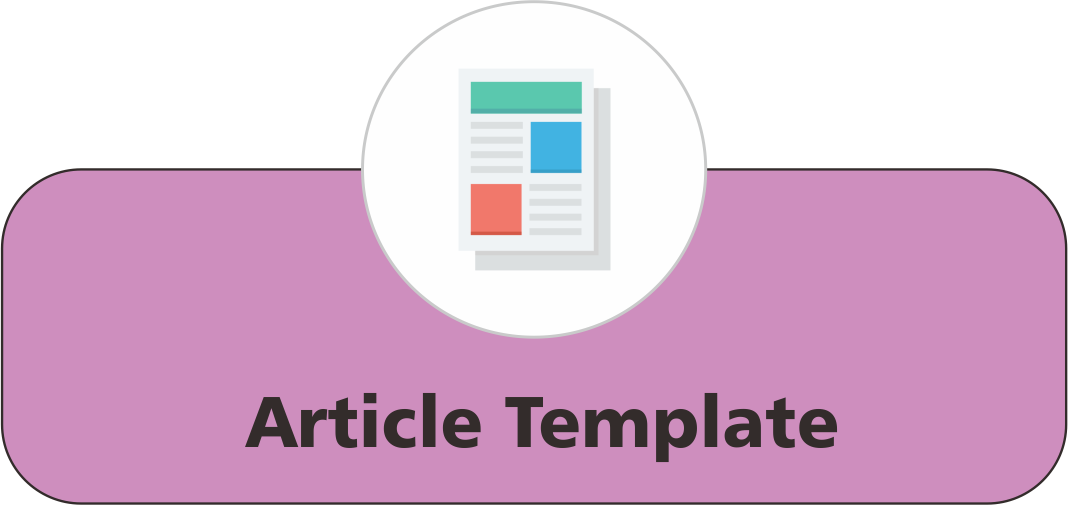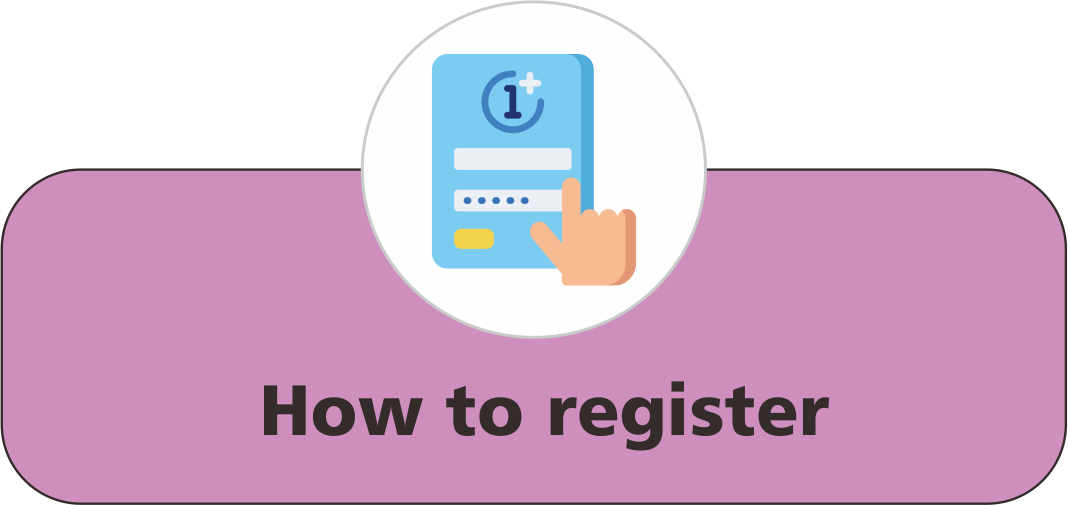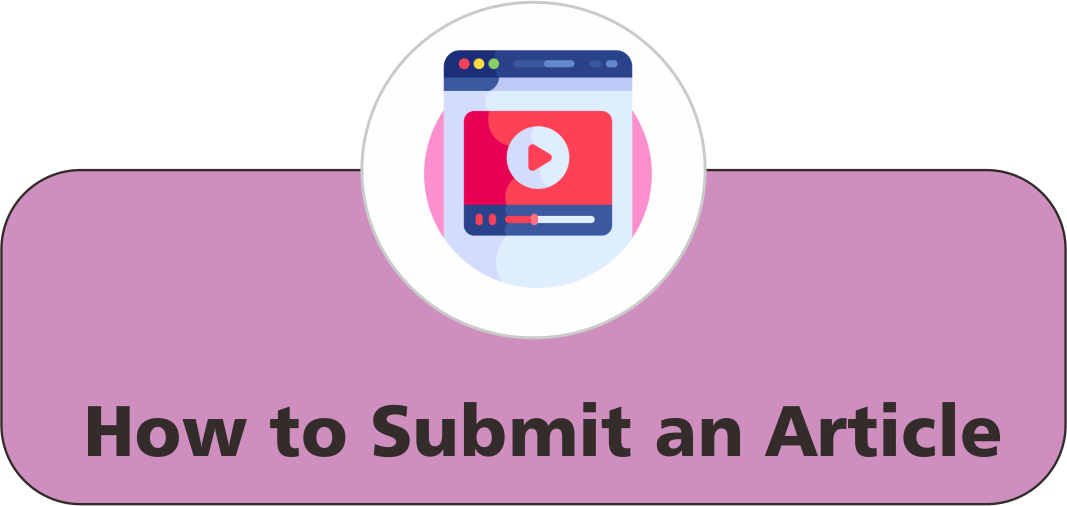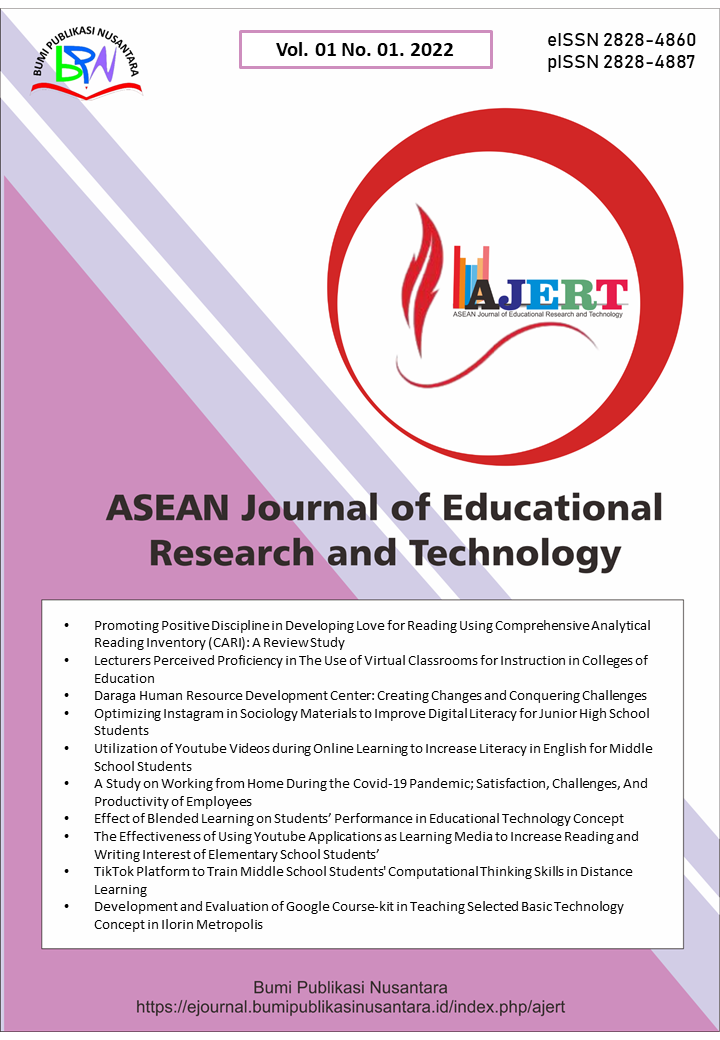Awareness of Internet of Things (IoT) Applications for Learning Enrichment among Undergraduate Students
 ), Rahmat Bolatito Ibrahim(2), Taye Ibrahim(3), Rasidat Sade Ganiyu(4),
), Rahmat Bolatito Ibrahim(2), Taye Ibrahim(3), Rasidat Sade Ganiyu(4),
(1) Al-Hikmah University
(2) University of Ilorin
(3) Kwara State College of Education
(4) Emmanuel Alayande University of Education
 Corresponding Author
Corresponding Author
Abstract
The shift from traditional to technology-driven learning has brought numerous advantages, with the Internet of Things (IoT) emerging as a promising avenue for enhancing educational experiences. Despite its potential, undergraduates have not fully embraced IoT for learning, primarily due to a lack of awareness. This study investigates the awareness of IoT among undergraduates, considering gender and area of specialization. Using a descriptive survey method, the research focuses on undergraduates in Kwara State universities, employing random and stratified sampling. Data collection utilized a validated questionnaire, and analysis involved percentages, mean scores, t-tests, and Analysis of Variance (ANOVA). Findings revealed smartphones as the most widely used IoT devices. Gender significantly influenced IoT awareness. However, the area of specialization did not significantly impact awareness. Conclusively, undergraduates are employing IoT devices for learning, emphasizing the need for heightened awareness among female students and encouraging widespread utilization of these technologies for improved educational experiences.
Keywords
References
Adebayo, A. E., and Ochayi, O. A. (2023). Utilization of internet services among students of polytechnic institutions in Kwara State. Indonesian Journal of Multidiciplinary Research, 2(1), 27-42.
Adekunle, E. O., Ayodele, O. T., and George, T. O. (2021). Technological advancement and child-friendly education in Nigeria: A post-covid review. Ijasos-International e-Journal of Advances in Social Sciences, 7(19), 160-168.
Al-Malah, D. K. A. R., Jinah, H. H. K., and ALRikabi, H. T. S. (2020). Enhancement of educational services by using the internet of things applications for talent and intelligent schools. Periodicals of Engineering and Natural Sciences, 8(4), 2358-2366.
Al-Taai, S. H. H., Kanber, H. A., and al-Dulaimi, W. A. M. (2023). The importance of using the internet of things in education. International Journal of Emerging Technologies in Learning, 18(1), 19-39.
Anh, D.H.M. (2022). Mesh network based on MQTT broker for smart home and IIoT factory. ASEAN Journal of Science and Engineering, 2(2), 173-180.
Camilleri, M. A., and Camilleri, A. C. (2017). Digital learning resources and ubiquitous technologies in education. Technology, Knowledge and Learning, 22, 65-82.
Czaja, S. J., Charness, N., Fisk, A. D., Hertzog, C., Nair, S. N., Rogers, W. A., and Sharit, J. (2006). Factors predicting the use of technology: Findings from the center for research and education on aging and technology enhancement (CREATE). Psychology and Aging, 21(2), 19-39.
Dalbehera, S. (2018). The application of TAM for investigating users’ attitude towards IoT usage in the university libraries of Odisha. International Journal of Library and Information Science, 7(5), 1-26.
Danner, R. B., and Pessu, C. O. (2013). A survey of ICT competencies among students in teacher preparation programmes at the University of Benin, Benin City, Nigeria. Journal of Information Technology Education: Research, 12(1), 33-49.
de Fazio, R., Giannoccaro, N. I., Carrasco, M., Velazquez, R. and Visconti, P, (2021). Wearable devices and IoTs applications for symptom detection, infection tracking, and diffusion containment of the COVID-19 pandemic: A survey. Frontiers of Information Technology and Electronic Engineering, 22(11), 1413.
Fernández-Caramés, T. M., and Fraga-Lamas, P. (2019). Towards next generation teaching, learning, and context-aware applications for higher education: A review on blockchain, IoT, fog and edge computing enabled smart campuses and universities. Applied Sciences, 9(21), 4479.
Goodyear, V. A., Armour, K. M., and Wood, H. (2019). Young people learning about health: the role of apps and wearable devices. Learning, Media and Technology, 44(2), 193-210.
Hajian, S. (2019). Transfer of learning and teaching: A review of transfer theories and effective instructional practices. IAFOR Journal of Education, 7(1), 93-111.
Haleem, A., Javaid, M., Qadri, M. A., and Suman, R. (2022). Understanding the role of digital technologies in education: A review. Sustainable Operations and Computers, 3, 275-285.
Jebur, T.K. (2023). Greening the internet of things: A comprehensive review of sustainable IOT solutions from an educational perspective. Indonesian Journal of Educational Research and Technology, 3(3), 247-256.
Kandris, D., Nakas, C., Vomvas, D., and Koulouras, G. (2020). Applications of wireless sensor networks: an up-to-date survey. Applied System Innovation, 3(1), 14.
Kassab, M., DeFranco, J., and Laplante, P. (2020). A systematic literature review on internet of things in education: Benefits and challenges. Journal of Computer Assisted Learning, 36(2), 115-127.
Kaur, A., Bhatia, M., and Stea, G. (2022). A survey of smart classroom literature. Education Sciences, 12(2), 86.
Luckyardi, S., Hurriyati, R., Disman, D., and Dirgantari, P.D. (2022). A systematic review of the IoT in smart university: Model and contribution. Indonesian Journal of Science and Technology, 7(3), 529-550.
Makinde, S. O., Ajani, Y. A., and Abdulrahman, M. R. (2024). Smart learning as transformative impact of technology: A paradigm for accomplishing sustainable development goals (SDGs) in education. Indonesian Journal of Educational Research and Technology, 4 (3), 213-224.
Makinde, S. O., and Bolaji, H. O. (2019). Appraisal of internet services usage by secondary school teachers for professional development in Lagos, Nigeria. International Journal of Indonesian Education and Teaching, 3(2), 138-148.
Mathews, J. A. (2002). Competitive advantages of the latecomer firm: A resource-based account of industrial catch-up strategies. Asia Pacific Journal of Management, 19, 467-488.
Miorandi, D., Sicari, S., De Pellegrini, F., and Chlamtac, I. (2012). Internet of things: Vision, applications and research challenges. Ad Hoc Networks, 10(7), 1497-1516.
Muraina, K. O., and Popoola, B. O. (2022). Locus of control and self-concept as determinants of internet addiction among public university undergraduates in Oyo State, Nigeria. Journal of Digital Learning and Education, 2(1), 51-58.
Mylonas, G., Amaxilatis, D., Chatzigiannakis, I., Anagnostopoulos, A., and Paganelli, F. (2018). Enabling sustainability and energy awareness in schools based on IoT and real-world data. IEEE Pervasive Computing, 17(4), 53-63.
Olota, M., Alsadoon, A., Alsadoon, O. H., Dawoud, A., Prasad, P. W. C., Islam, R., and Jerew, O. D. (2024). Modified anisotropic diffusion and level-set segmentation for breast cancer. Multimedia Tools and Applications, 83(5), 13503-13525.
Padgett, S., and Notar, C. E. (2013). Bystanders are the key to stopping bullying. Universal Journal of Educational Research, 1(2), 33-41.
Pantjawati, A.B., Purnomo, R.D., Mulyanti, B., Fenjano, L., Pawinanto, R.E., and Nandiyanto, A.B.D. (2020). Water quality monitoring in citarum river (Indonesia) using IoT (internet of thing). Journal of Engineering, Science and Technology, 15(6), 3661-3672.
Raab, R. T., Ellis, W. W., and Abdon, B. R. (2001). Multisectoral partnerships in e-learning: A potential force for improved human capital development in the Asia Pacific. The Internet and Higher Education, 4(3-4), 217-229.
Rajeshwari, M., Vinayachandra, G. P. K., and Krishna Prasad, K. (2021). An analysis into the contribution of google applications in the successful implementation of online education during the COVID-19 pandemic. International Journal of Applied Engineering and Management Letters, 5, 131-152
Tan, P., Wu, H., Li, P., and Xu, H. (2018). Teaching management system with applications of RFID and IoT technology. Education Sciences, 8(1), 26.
Thapwiroch, K., Kumlue, A., Saoyong, N., Taprasan, P., and Puengsungewan, S. (2021). Easy-mushroom mobile application using the Internet of Things (IoT). Indonesian Journal of Educational Research and Technology, 1(2), 1-6.
Timmis, S., Broadfoot, P., Sutherland, R., and Oldfield, A. (2016). Rethinking assessment in a digital age: Opportunities, challenges and risks. British Educational Research Journal, 42(3), 454-476.
Vadlamudi, S., and Hargrove, D. L. (2021). The internet of things (IoT) and social interaction: Influence of source attribution and human specialization. Engineering International, 9(1), 17-28.
Wang, Y. C. (2014). Using wikis to facilitate interaction and collaboration among EFL learners: A social constructivist approach to language teaching. System,
Article Metrics
Abstract View : 327 times
: 327 times Download : 85 times
Download : 85 times
Refbacks
- There are currently no refbacks.
Copyright (c) 2025 Bumi Publikasi Nusantara

This work is licensed under a Creative Commons Attribution-ShareAlike 4.0 International License.

